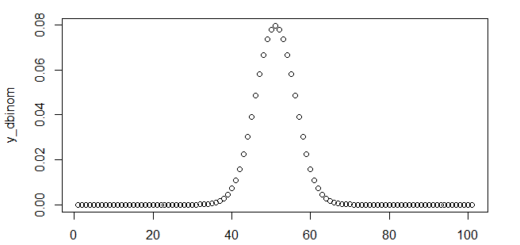Convolutional Neural Networks
Convolutional neural networks, Let’s look at a picture classification problem. Assume you have a data set including numerous photographs of planes and cars. And you’d like to create a model that can recognize and distinguish them.
Please click here to read our prior post if you haven’t already.
Convolutional Neural Networks
The objective is to train a model to recognize specific images by looking at them and learning from them. Then, when presented with an unseen image of either a plane or a car, we should be able to utilize this trained model to detect the image as one or the other.
The initial step in this situation is feature extraction. Select the best features from the image set, and then apply them to a classification algorithm.
The efficiency of the feature sets determines the model’s accuracy.
Finding the best feature sets takes time; however, a standard neural network can locate these features and classify the photos automatically.
Traditional neural networks are substantially less effective than CNN. CNN achieves this level of automatic feature selection and categorization using a series of complex mathematical layers.
A CNN learns many tiers of features sets at various levels of abstraction via numerous layers, resulting in very good categorization.
Random Forest Feature Selection » Boruta Algorithm »
CNN Applications
1) Handwritten Text / Digit Recognition
2) Natural Object Classification
3) Segmentation
4) Recommender Systems
5) Speech Recognition
6) Natural Language Processing
7) Signal and Image Processing
The purpose of CNN is to figure out how to make good visual representations that can be used to aid recognition.
Repeated Measures of ANOVA in R Complete Tutorial »
Key Features
Convolutional Neural Networks key features are,
1) Detect and Classify objects into categories.
2) Independence from the pose, scale, illumination, conformation, and clutter.
In a nutshell, CNN starts with a series of input images, extracts a few primitive features, combines those features to make certain portions of the objects, and then brings all of the sets together.
CNN is made up of layers, each of which is responsible for detecting a certain collection of feature sets.
As the investigation of the next layer progresses, these qualities will become more abstract.
I hope you now have a firm grasp of the CNN fundamentals.
In our upcoming post, we will go over Recurrent Neural Networks (RNN). Please subscribe to the channel to show your support.
Linear optimization using R » Optimal Solution »




